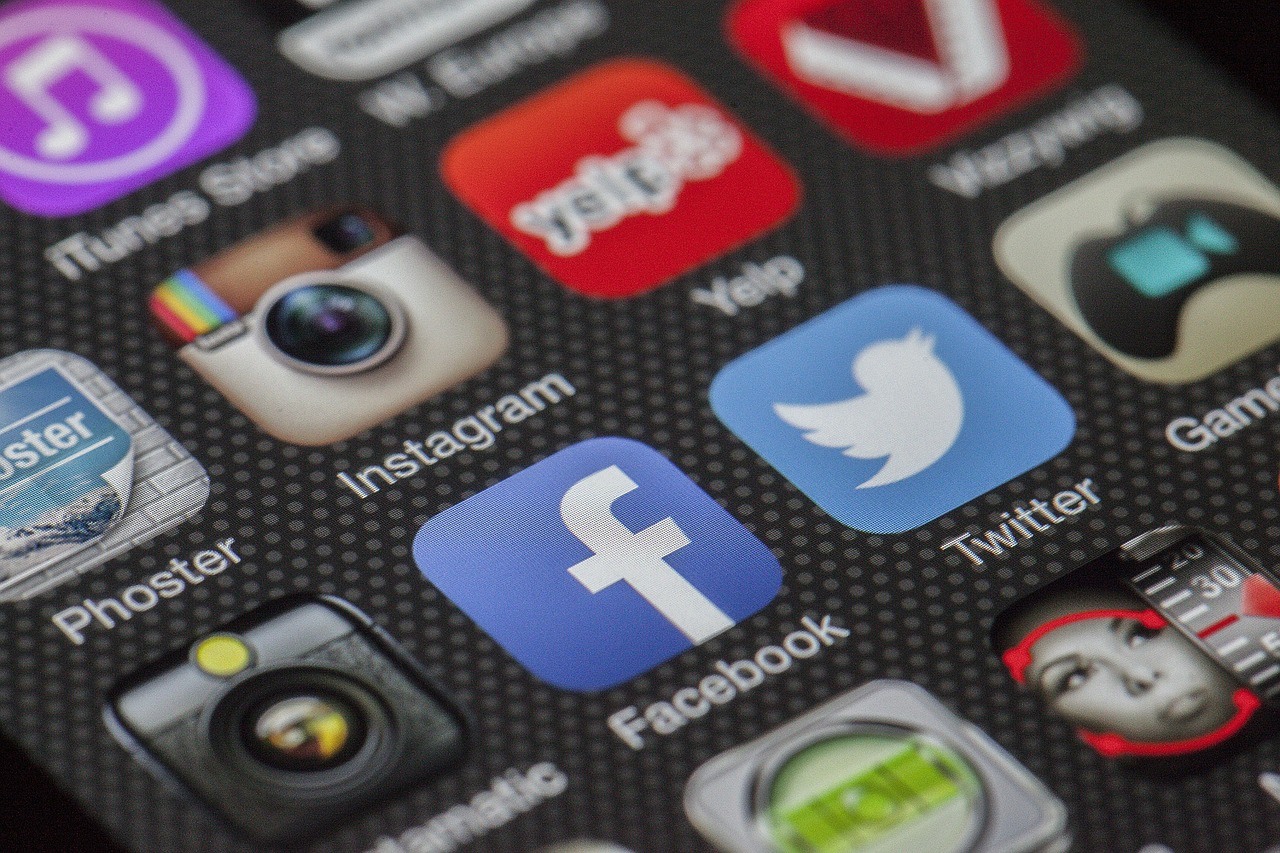Social media is a popular medium for teenagers to talk, like, and keep tabs on their favorite brands and celebrities. While the notion may sound innocent enough, there are many downsides to social media. One of which is the availability of unfiltered content while teenagers are still in the developmental stage.
There is a reason why influencer culture is robust within teenagers, as they are susceptible to mimicking the content they see online. It also helps you to understand that teens are very fast to take upon trends hitting the market. Some trends are acceptable, including changing your hairstyle using hacks. At the same time, some trends may expose them to substances. To study how social media affects teens, you’ve come to the right place. Here’s everything you need to know:
Targeted Ads
Substances such as alcohol manufacturers know how to exhibit their products. The ads teens can receive on their social media correspond to what they like viewing. Teenagers like the idea of substances, and some even contemplate trying them. The ads they get are glamorous and attractive to look at, while some brands even make alcohol look like a luxury item. When these ads keep appearing on social media, teens get an inclination to purchase them. If you feel like your child is too inclined towards substances, you need to help them get counseling. Rehab centers are an excellent way to start. Rehabs are not only for drug addicts but can walk anyone through the hazards of substance abuse. Institutes such as the Delphi Behavioral Health Group can guide you and your teen to a healthy, active life.
Celebrity Culture
Teenagers enjoy celebrity culture and are fond of the glitz and glamour surrounding them. The other side to celebrity culture is the massive substance consumption. There are posts of them smoking on live chat or even posting pictures. Since these pictures are associated with an elite lifestyle, teens incline to mimic them. They can create their social posts trying to purchase high-end brands like their favorite celebrity. They may also buy or illegally obtain recreational drugs to be part of the circle. Celebrity culture also includes drinking parties and games with drugs. The impact of these is lasting on teenagers.
Unfiltered Content
Social media contains unfiltered pages with a person’s interests and images they may be interested in viewing. If a teen wants to filter what they see, they manually have to do it. In most cases, they do not. Hence they get access to the images and products they may want to try, including substances such as drugs and alcohol. They get thrown into a world they know nothing about since the images on social media don’t depict reality. They get staged and edited to make them look appealing. If a teenager is new to social media, they may not necessarily know that. So what may start as harmless scrolling may become a dangerous situation.
Lack Of Age Restriction
Anyone can make an account on social media. The age restriction is easy to bypass. Even if the image is blurred, a simple tap can make it clear. We are living in a digitized world where children have access to phones and tabs. Most teenagers have their phones. It also doesn’t take much to download apps from the app store. Teenagers as young as thirteen can have an account on social media. There is no identification required, such as a driver’s license. So the social media app doesn’t discriminate. It is not unusual for teenagers to lie about their age. Once again, they get a plethora of images they shouldn’t see.
Myths Around Drugs
Teenagers can get obsessed with their bodies. Self-image and self-esteem can get out of hand around the teenage years. While the thought process is natural, there is also an element of social media contributing to these thoughts. It is not uncommon to hear teenagers discuss diet concoctions or drugs to get slimmer. Weight loss from drug usage is harmful. It is a side effect because of drug consumption. Excessive consumption leads to appetite suppression and vomiting. These two can wreak havoc on the body. In extreme cases, the teenager may need to get rushed to the ER for help. These myths around drugs come from social media usage. When teenagers see thin people using drugs, they conclude drug usage as an accessible route.
Social Media Doesn’t Educate
The information on social media is not always authentic and very rarely comes across scholarly articles. These articles need to be found and do not appear on their own. There are also no trigger warnings or disclaimers around images. So if there is a picture of a person abusing substances, there is no one to tell teenagers otherwise. They can also hit hashtags and find images of substance abuse that they want to see. Once again, the filter system is not lucrative enough to prevent teenagers from typing keywords. When there is no information available on what teenagers see, it can lead to substance abuse. Lack of knowledge and communication play a significant part in stopping a person from thinking.
Wrap Up
Social media is an unavoidable medium of the 21st century. It has now become essential for everyone, and teenagers are using social media more than ever. With the emergence of new apps such as TikTok, teenagers feel more inclined to join social media. The images available online are unfiltered with a lack of context. It is also easy to watch videos, click on ads, and follow celebrities who perpetuate a particular lifestyle. Teenagers are impressionable. It doesn’t take much to get them to start a bandwagon. They also have no reservations about starting and abusing drugs just for the kick of it. So unless social media starts censoring or regulating usage and content more, addiction problems will only escalate.

